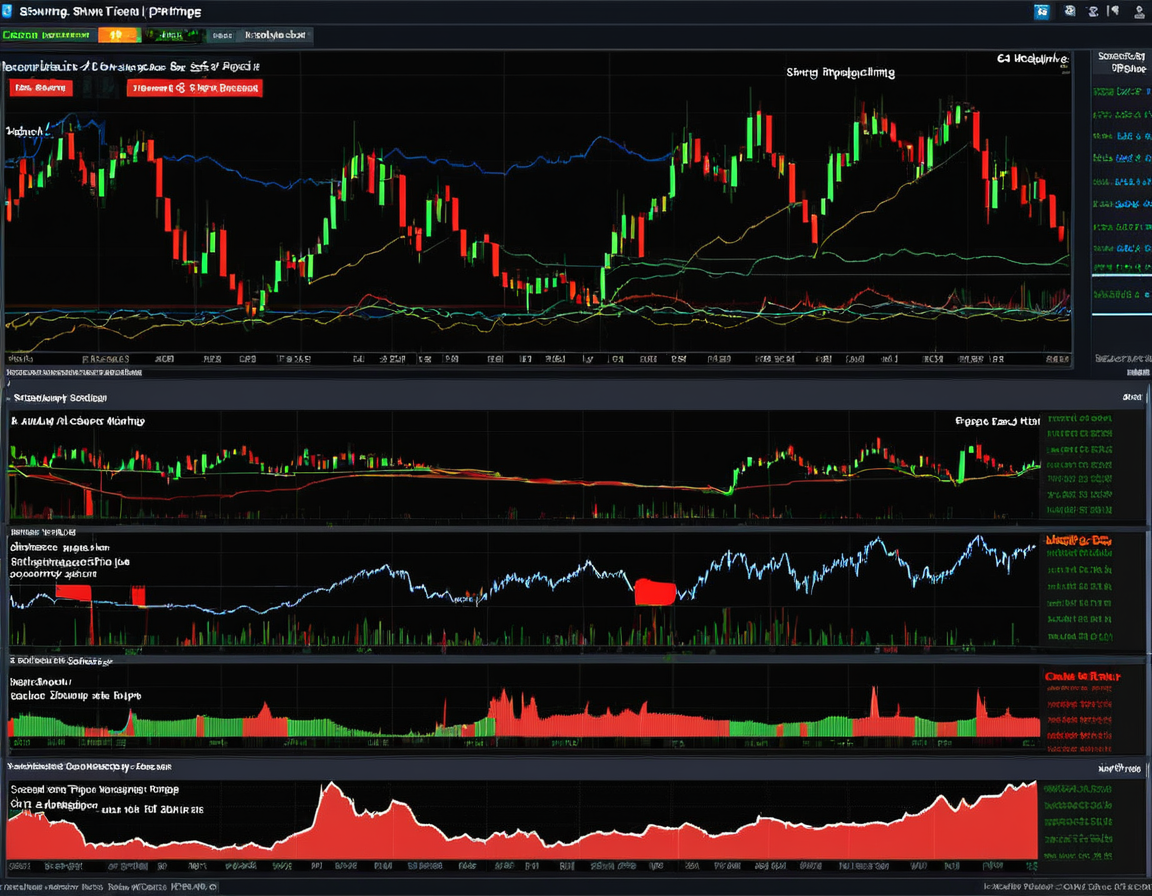Technical Analysis vs. Fundamental Analysis in Forex: Which is Better?
Forex trading requires a deep understanding of market dynamics, and two popular approaches to analyzing the market are technical analysis and fundamental analysis. While technical analysis focuses on historical price patterns and market trends, fundamental analysis looks at economic factors and news events that impact currency prices. Both strategies have their merits, but which one is better for Indian forex traders in 2024? In this blog, we’ll compare technical and fundamental analysis, helping Indian traders choose the approach that best suits their trading style.
What is Technical Analysis in Forex Trading?
Technical analysis involves studying past price movements and chart patterns to predict future price behavior. Traders use various tools and indicators to identify trends, support and resistance levels, and potential entry and exit points. The underlying assumption is that market movements follow patterns that can be analyzed and leveraged for profit.
Key Tools in Technical Analysis
- Moving Averages (MA): Smoothens price data to identify trends.
- Relative Strength Index (RSI): Measures the speed and change of price movements.
- Bollinger Bands: Indicates price volatility and potential price reversals.
- Candlestick Patterns: Shows the open, close, high, and low of a currency pair in a specific time frame.
How Indian Traders Can Benefit from Technical Analysis
For Indian traders who prefer short-term trading or day trading, technical analysis is an effective tool. It allows them to quickly spot price patterns and react to market movements. Indian traders can use platforms like Zerodha or Upstox for real-time charting and technical analysis tools.
For a detailed guide on using technical analysis, visit Forex Technical Analysis Guide.
What is Fundamental Analysis in Forex Trading?
Fundamental analysis is a method of evaluating a currency’s value based on the economic, political, and social forces that influence supply and demand. Traders analyze interest rates, inflation, employment data, GDP growth, and geopolitical events to make informed trading decisions.
Key Factors in Fundamental Analysis
- Interest Rates: Central banks, like the Reserve Bank of India (RBI), set interest rates that can influence currency value.
- Inflation: A higher inflation rate can erode a currency’s value over time.
- Economic Reports: Employment data, GDP reports, and trade balances directly affect currency prices.
- Geopolitical Events: Political stability or instability can cause sharp movements in currency pairs.
How Indian Traders Can Benefit from Fundamental Analysis
Fundamental analysis is ideal for long-term traders or those who prefer to make decisions based on broader economic conditions. For Indian traders looking to trade pairs like USD/INR or EUR/INR, tracking the RBI’s monetary policy decisions and global events can provide valuable insights.
For more on fundamental analysis, check out this Fundamental Analysis Forex Guide.
Technical vs. Fundamental Analysis: Key Differences
1. Time Horizon
- Technical Analysis: Best for short-term traders, such as day traders or scalpers, looking for quick price movements.
- Fundamental Analysis: Suited for long-term investors who hold positions for weeks or months, based on economic forecasts.
2. Data Source
- Technical Analysis: Relies on historical price data, charts, and market patterns.
- Fundamental Analysis: Focuses on economic indicators, news reports, and financial statements.
3. Market Focus
- Technical Analysis: Useful for analyzing any market, including forex, stocks, and commodities.
- Fundamental Analysis: More focused on currency pairs and the economic forces behind their value.
Which Strategy is Better for Indian Traders?
1. Short-Term Trading
For Indian traders who are active in the short term or engage in intraday trading, technical analysis is often the better choice. It allows for quick decision-making based on price patterns and market momentum.
2. Long-Term Trading
If you’re an investor looking to hold currency pairs over an extended period, fundamental analysis may be more beneficial. This approach enables you to make informed decisions based on macroeconomic data and geopolitical events affecting currency values.
3. Combining Both Strategies
Many Indian traders find that using a combination of both technical and fundamental analysis gives them a more complete view of the market. For instance, they might use fundamental analysis to understand long-term trends and technical analysis to identify short-term entry and exit points.
Tools and Platforms for Indian Traders
Several trading platforms offer comprehensive tools for both technical and fundamental analysis. Here are the top options for Indian traders:
1. Zerodha
Zerodha offers advanced charting tools, moving averages, and other technical indicators. It also provides access to economic reports and data for fundamental analysis.
2. Angel One
Angel One is a full-service broker that provides traders with expert research reports and access to economic data, making it a great platform for both technical and fundamental analysis.
For more on the best platforms, visit this Forex Broker Review 2024.
Conclusion
Both technical and fundamental analysis have their place in forex trading, and the choice ultimately depends on your trading style, goals, and time horizon. Indian traders can benefit from using technical analysis for short-term trades and fundamental analysis for long-term investments. In some cases, combining the two strategies may provide the best results. By understanding the strengths and limitations of each approach, Indian forex traders can make more informed decisions in 2024.







